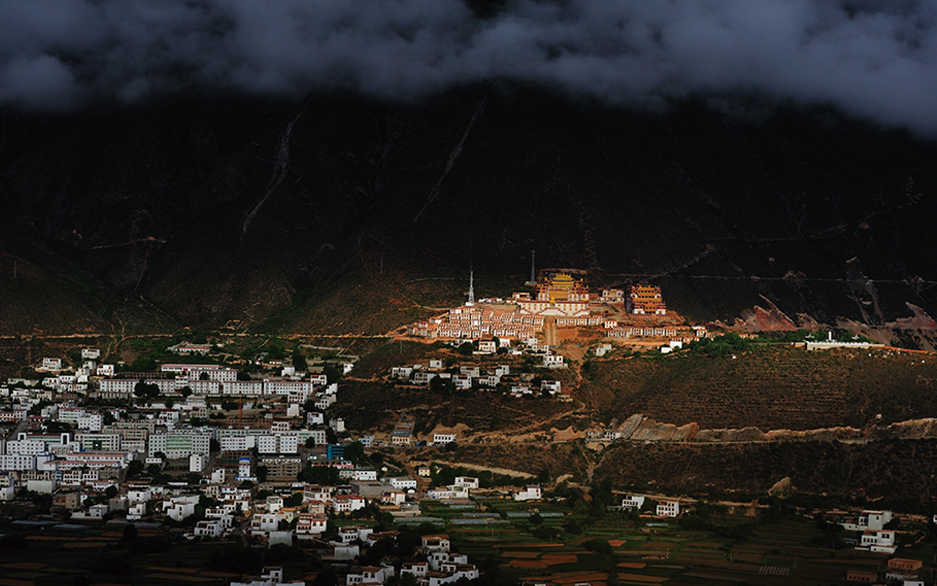
乡城县隶属四川省甘孜藏族自治州,位于四川省西部,青藏高原东南缘,地处四川省甘孜州西南陲,横断山脉中北段,东邻稻城县,北接理塘县,西与巴塘县、得荣县毗邻,南与云南省香格里拉县接壤。乡城,因地形得名,是藏语"卡称"的汉语音译,有手中佛珠之意,因县境内硕曲河由北而南纵贯全境,像一根丝线把座落在沿河两岸的白色村寨连在一起,犹如串串佛珠,故名。
乡城有着同稻城亚丁、云南香格里拉同样迷人的高原湖泊、峡谷风光,因游客稀少反而显得更加纯净和原始。独树一帜的白色藏房,金碧辉煌的桑披岭寺,绝无仅有的藏民服饰“疯装”被誉为香巴拉文化的“三绝”。同时,大自然的鬼斧神工造就了一批然乌天浴、尼丁大峡谷、香巴拉七湖、马熊沟大峡谷、佛珠峡等独具特色的自然生态景观。乡城除了迷人的自然风光,还具有独有的藏区低海拔和舒适的高原气候,使得这里农耕历史悠久,藏乡田园独具魅力。
Xiangcheng County belongs to Garze Tibetan Autonomous Prefecture of Sichuan Province, located in the west of Sichuan Province, the southeast edge of qinghai-Tibet Plateau, is located in the southwest of Garze Prefecture of Sichuan Province, in the north of hengduan Mountains, east of Daocheng County, north of Litang County, west of Batang county, Delong County, south of Shangri-La county of Yunnan Province. Township, named because of the terrain, is the Tibetan language "card said" Chinese transliteration, has the hand of the Buddha beads, because the county shuo Qu river from north to south through the whole country, like a silk thread is located along the banks of the white villages connected together, like strings of Buddha beads, so the name.
The countryside has the same charming plateau lakes and valleys as Daocheng Yading and Yunnan Shangri-La, but it is more pure and primitive because of the few tourists. The unique white Tibetan room, the golden and resplendent Sangpiling Temple, and the unique Tibetan costume "crazy dress" are known as the "three unique" of Shambhala culture. At the same time, nature has created a number of natural ecological landscapes with unique characteristics, such as Tianyu, Nitin Grand Canyon, Shambhala Seven Lakes, Majonggou Grand Canyon, Buddha Pearl Gorge and so on. In addition to the charming natural scenery, the rural city also has a unique low altitude and comfortable plateau climate, which makes the long history of farming here, and the pastoral charm of the Tibetan township.










